Report this entry
More from the same community-collection
General Montgomery With Staff - 1916
General Montgomery with staff at Fort Bliss -- near El Paso, ...
Photograph of Soldier - Fort Bliss - 1922
Unknown soldier at Fort Bliss, El Paso, Texas. Photograph taken ...
Soldier and Horse - Fort Bliss - 1922
Ruth Hellums took this photograph during her visit to Fort Bliss ...
Soldier From B Troop - 8th Cavalry - Fort Bliss - El Paso, Texas
Soldier From B Troop - 8th Cavalry - photograph taken by Ruth ...
Ruth Hellums - Fort Bliss - 1922
Ruth Hellums going horseback riding at Fort Bliss near El Paso, ...
1948-Juarez Authorities at Fort Bliss
1948 Generals from Fort Bliss hosting a visit to Fort Bliss in ...
Two Communities, One Shared Experience - El Paso, Texas
Photo contains a collection of Lt. Col. Herbert E. Featherstone ...
Two Communities, One Shared Experience - El Paso, Texas
Photo contains a collection of Lt. Col. Herbert E. Featherstone ...
Fort Bliss Timeline- El Paso, Texas
Timeline of Fort Bliss in El Paso, Texas at Sixth Wall of Giants ...
A Historical Meeting - El Paso, Texas
Photo is of the mural by T. (Trygve) J. Kittlesen made for the ...
Veteran studies the Fort Bliss timeline - El Paso, Texas
Veteran studies the Fort Bliss timeline at the El Paso Museum of ...
Sixth Wall of Giants - El Paso, Texas
Opening of the Sixth Wall of Giants at the El Paso Museum of ...
Mayor Leeser and a veteran of the Vietnam War - El Paso, Texas
Mayor Oscar Leeser standing with a Veteran at the opening of the ...
Military Parade Opening Day For The Sixth Wall Of Giants
Military parade on the opening day of the The Sixth Wall of ...
Vietnam Veterans of America March - El Paso, Texas
On opening day of the The Sixth Wall of Giants exhibition, the ...
Getting Ready For Deployment - 2014
Picture of me( SFC Morin) - ready for deployment in the year ...
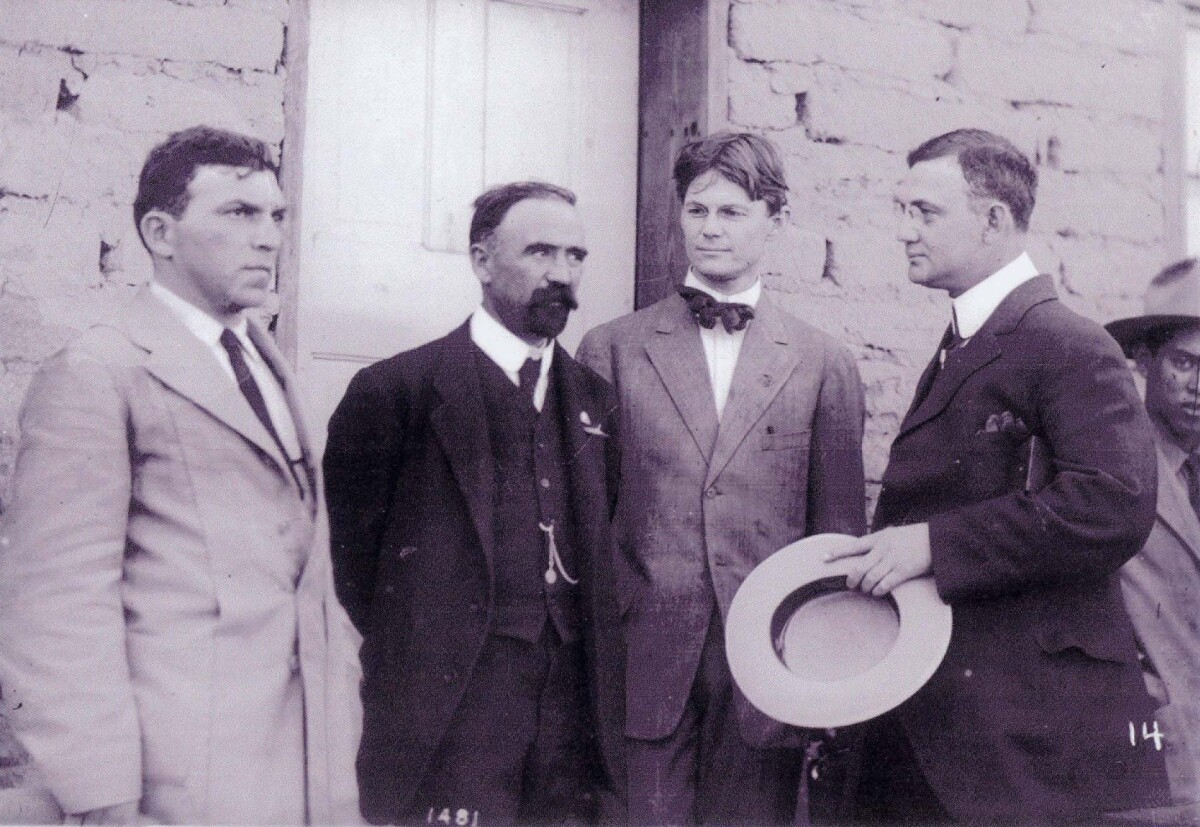
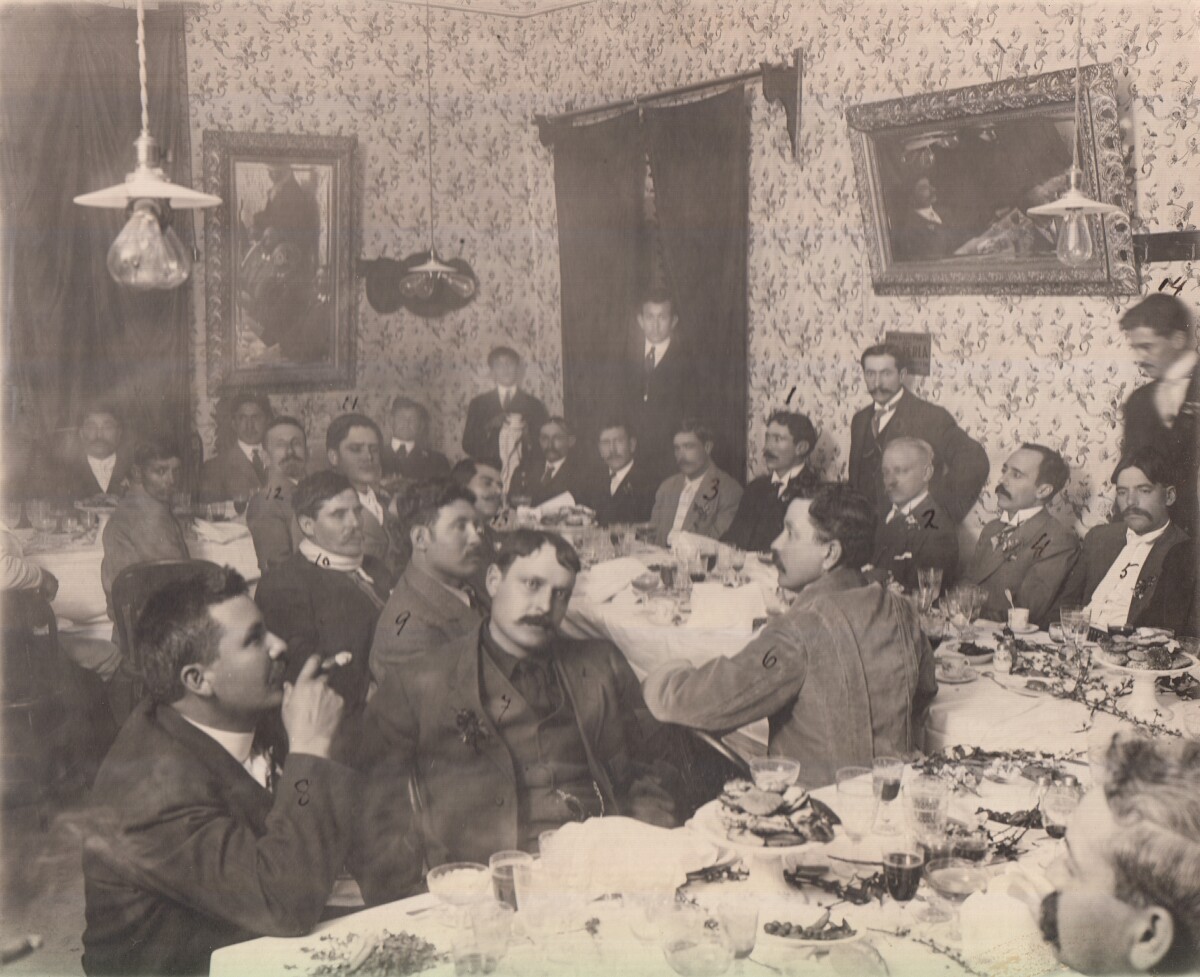
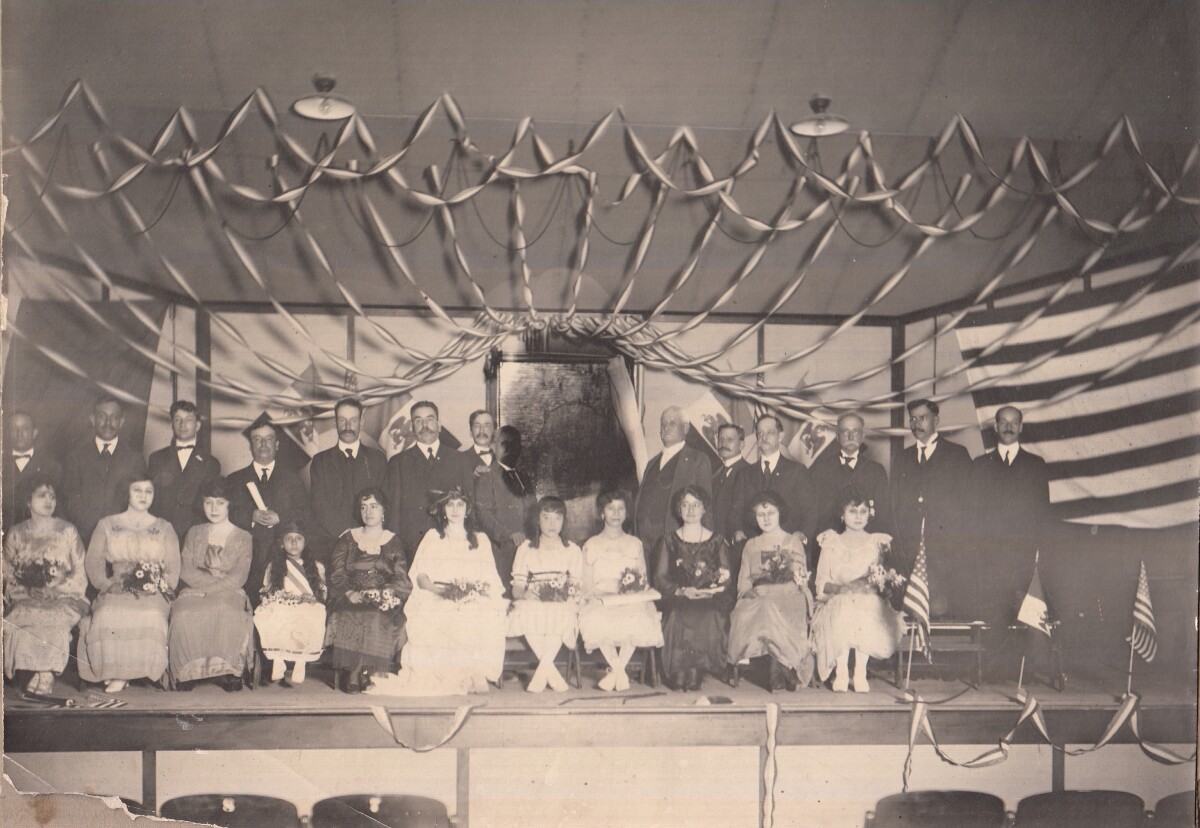
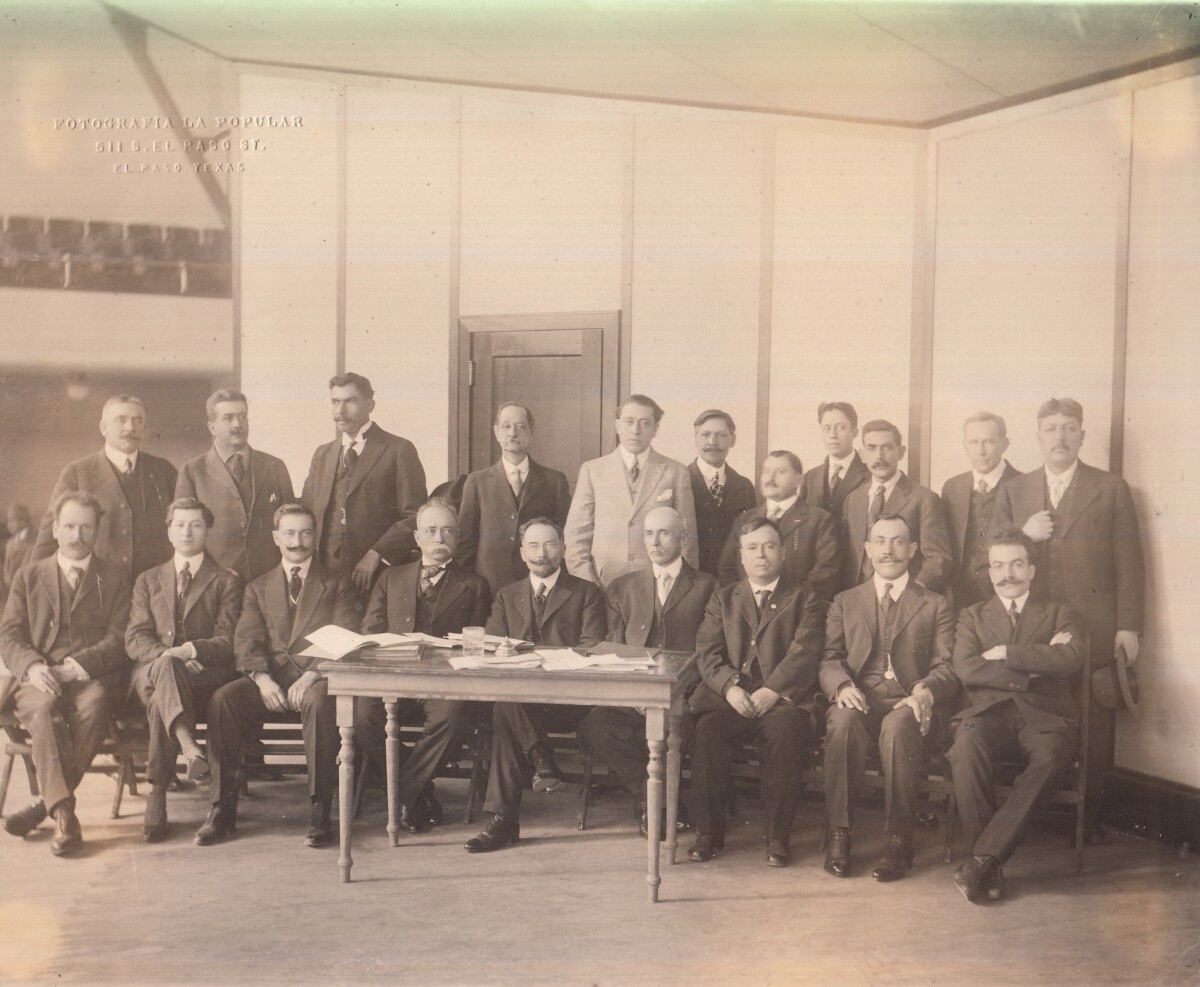
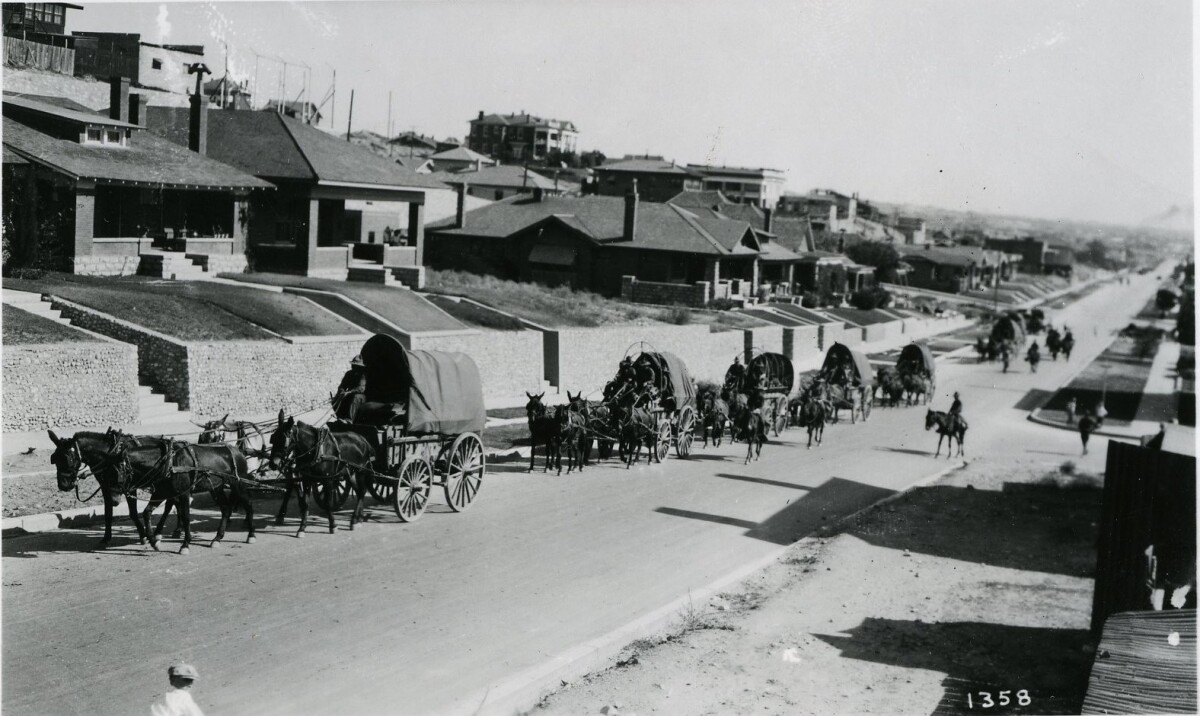
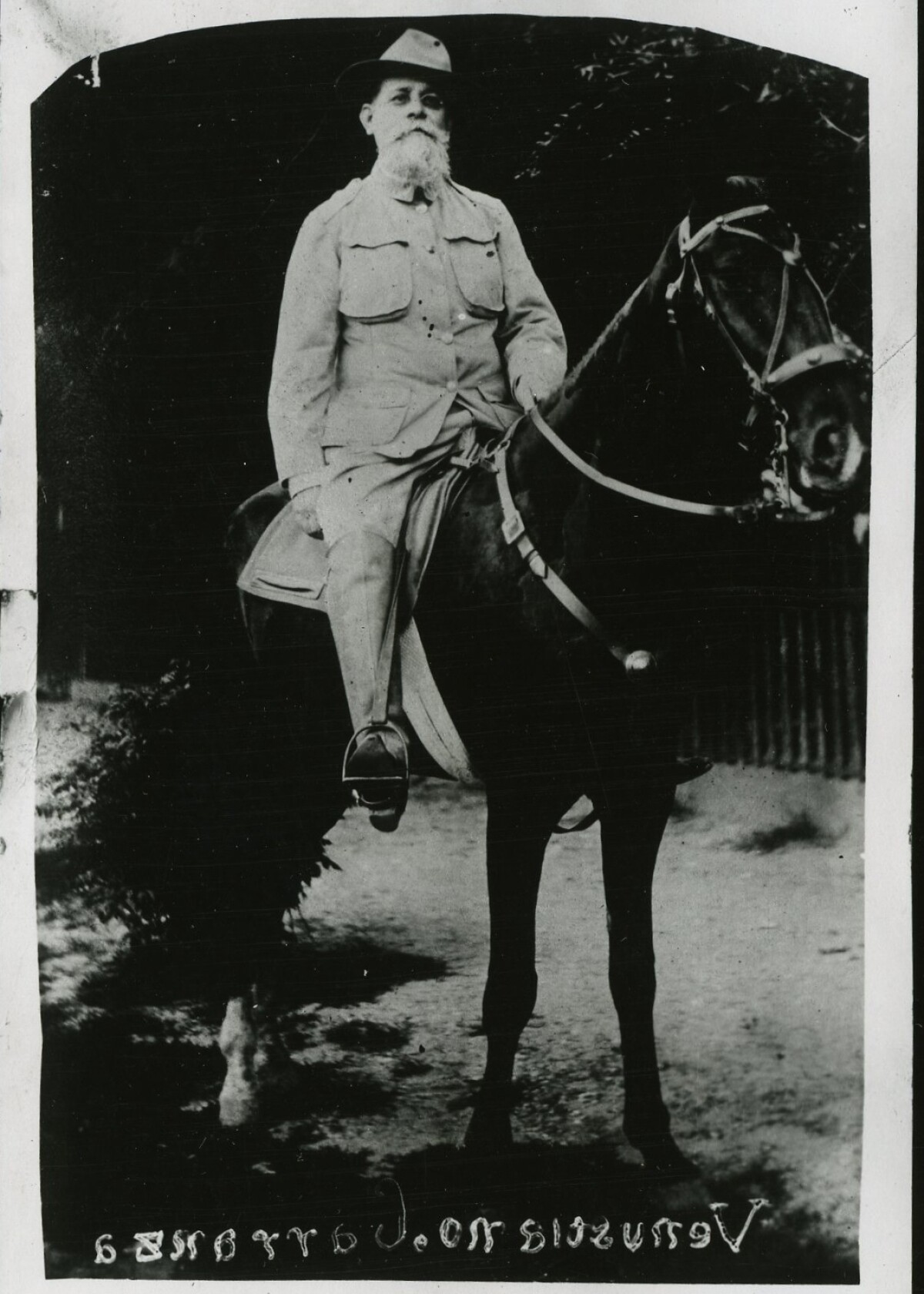
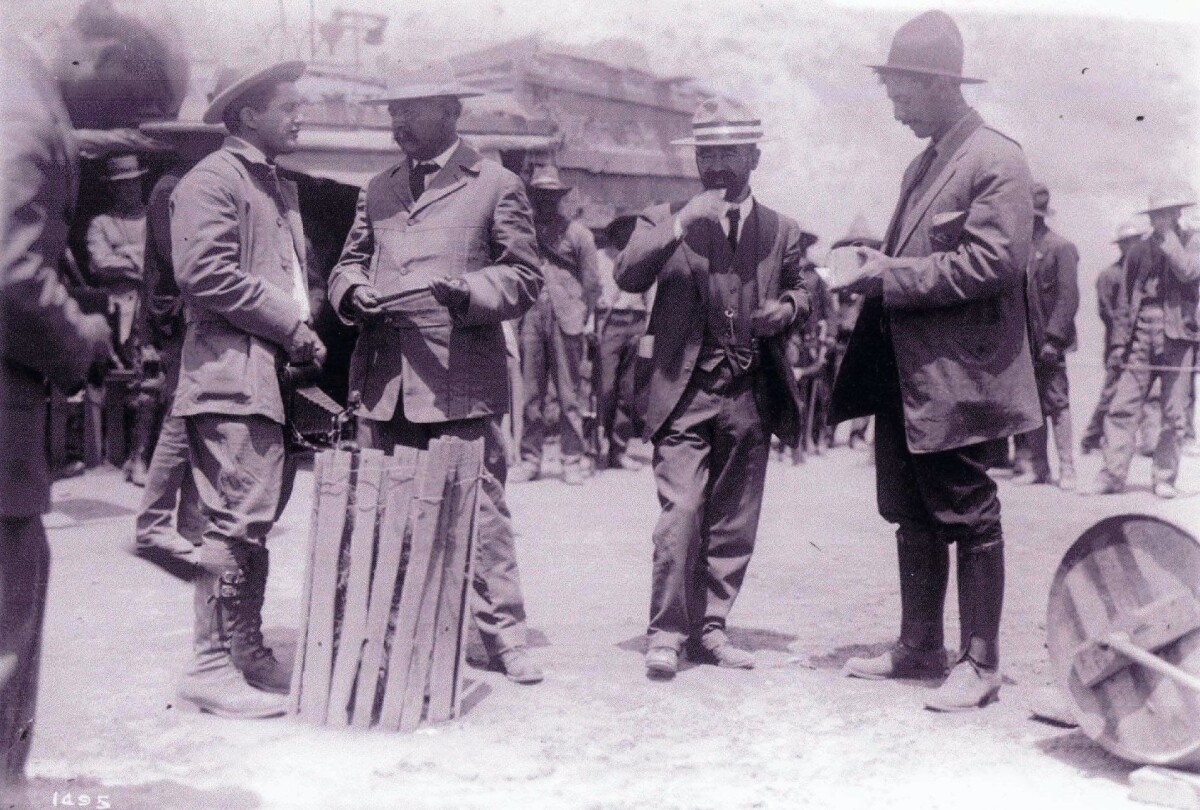
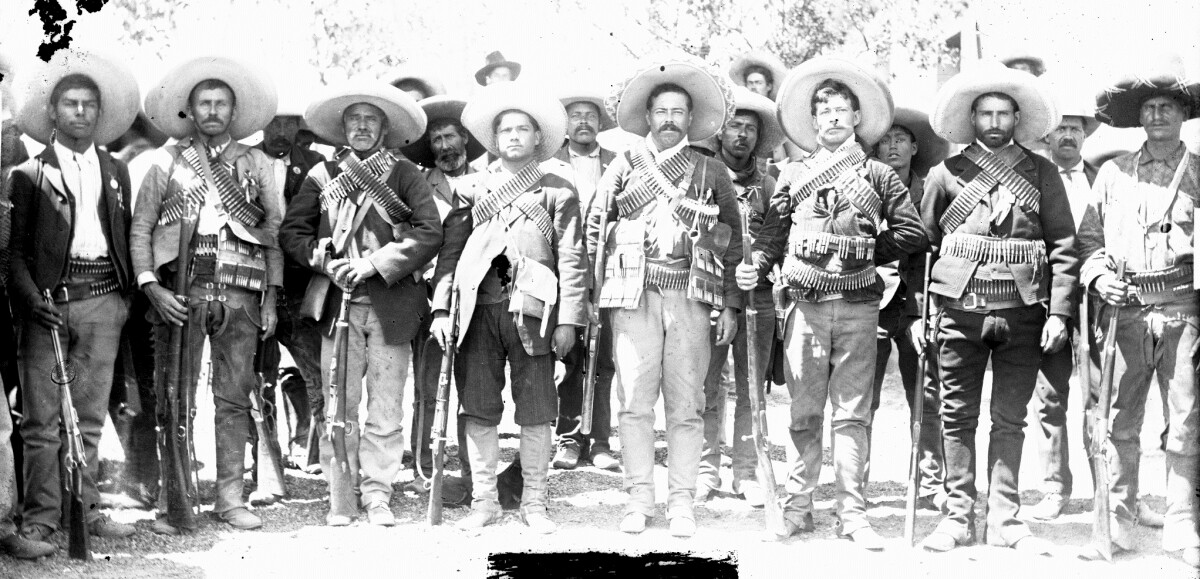
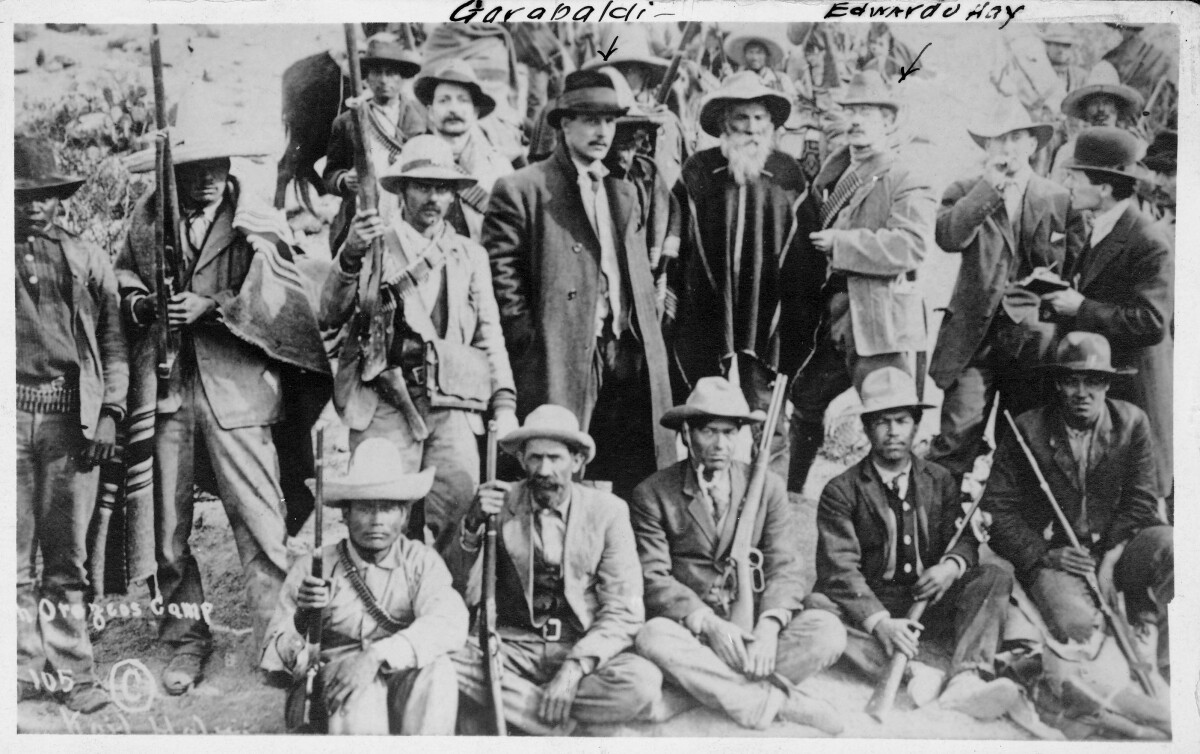
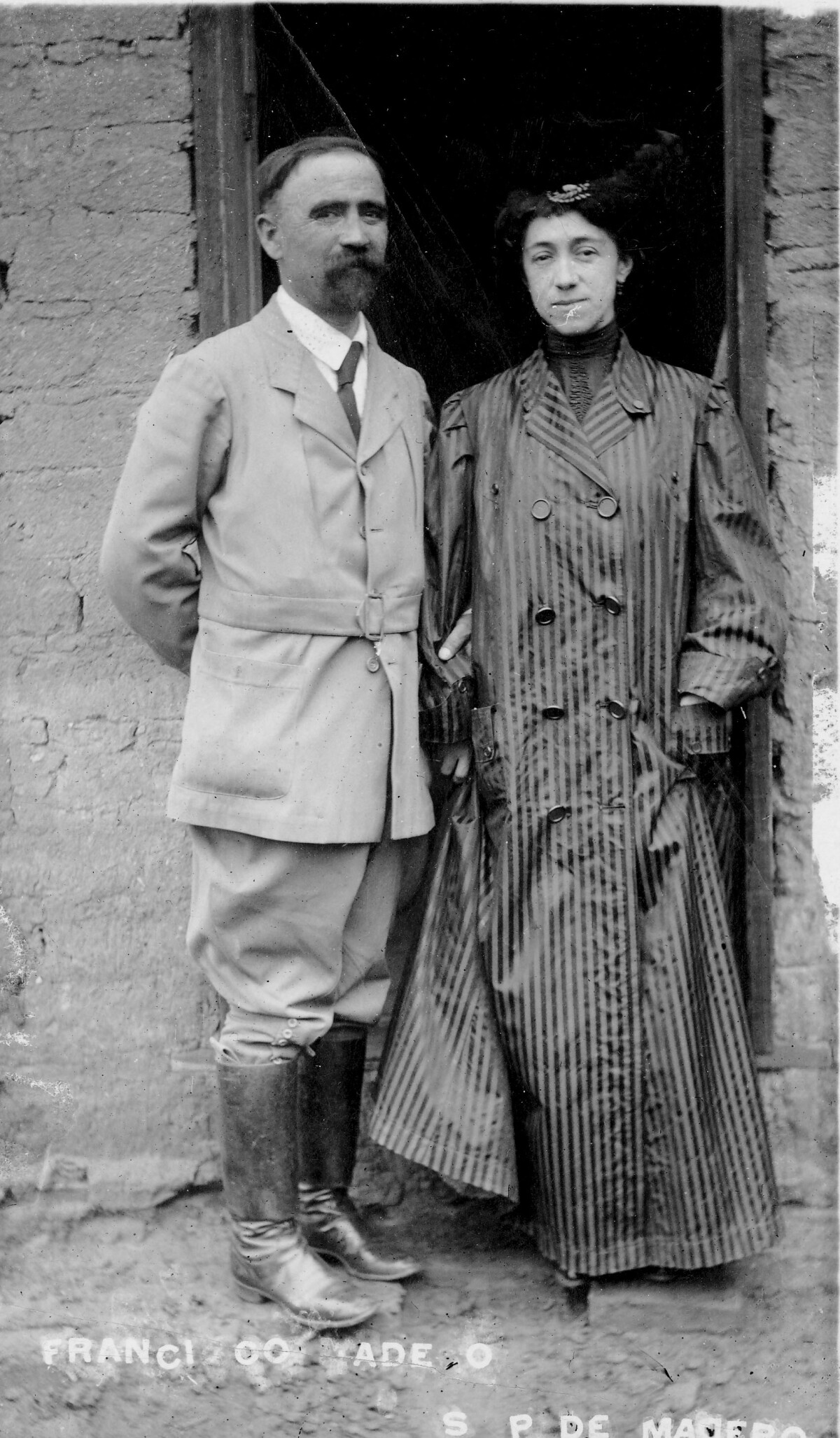
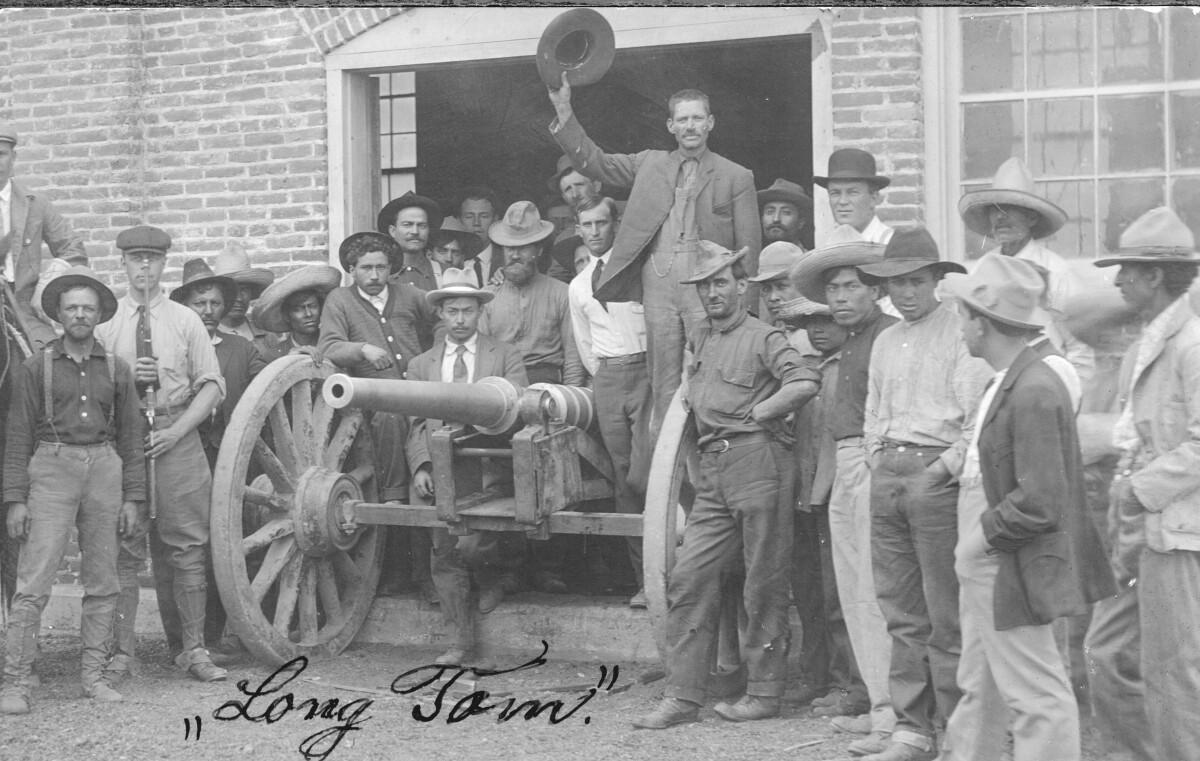
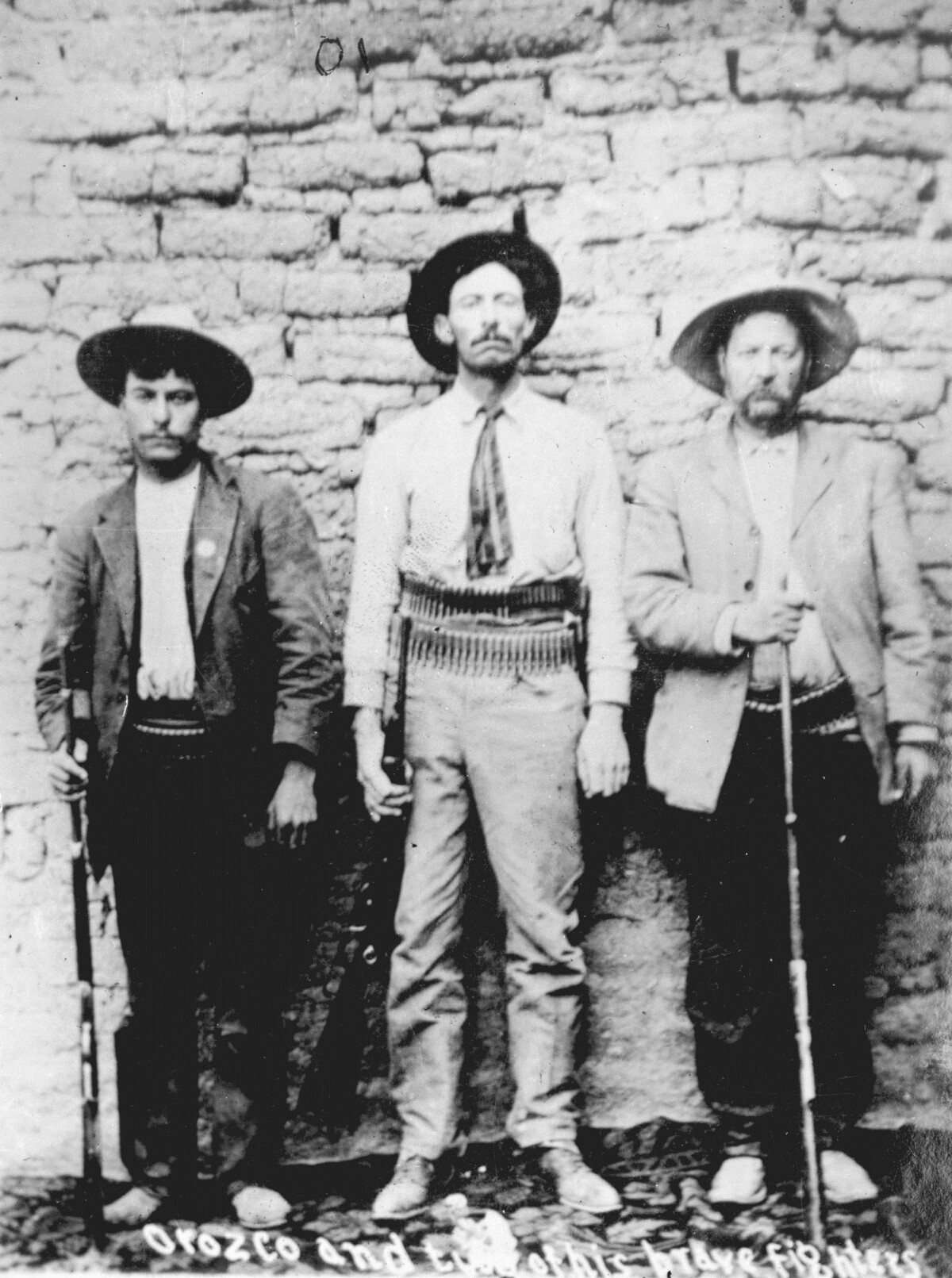
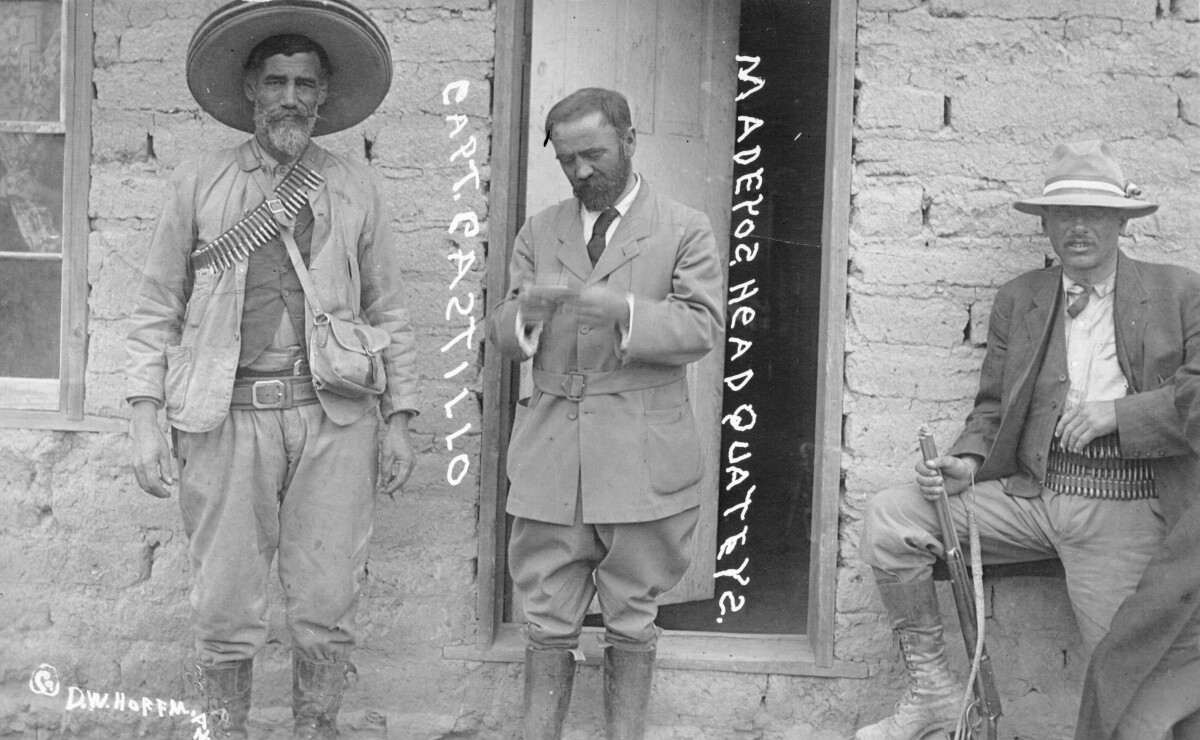
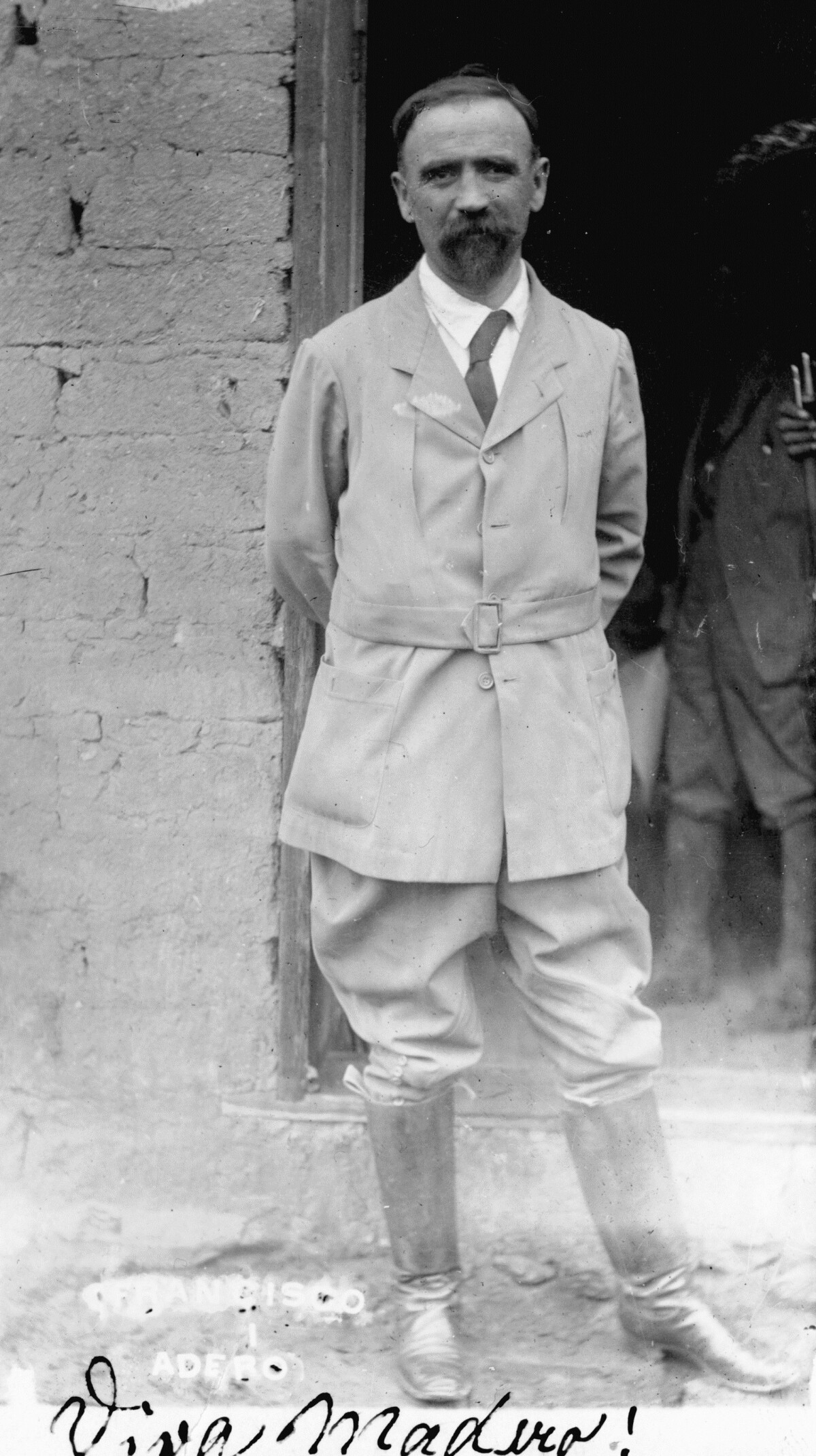
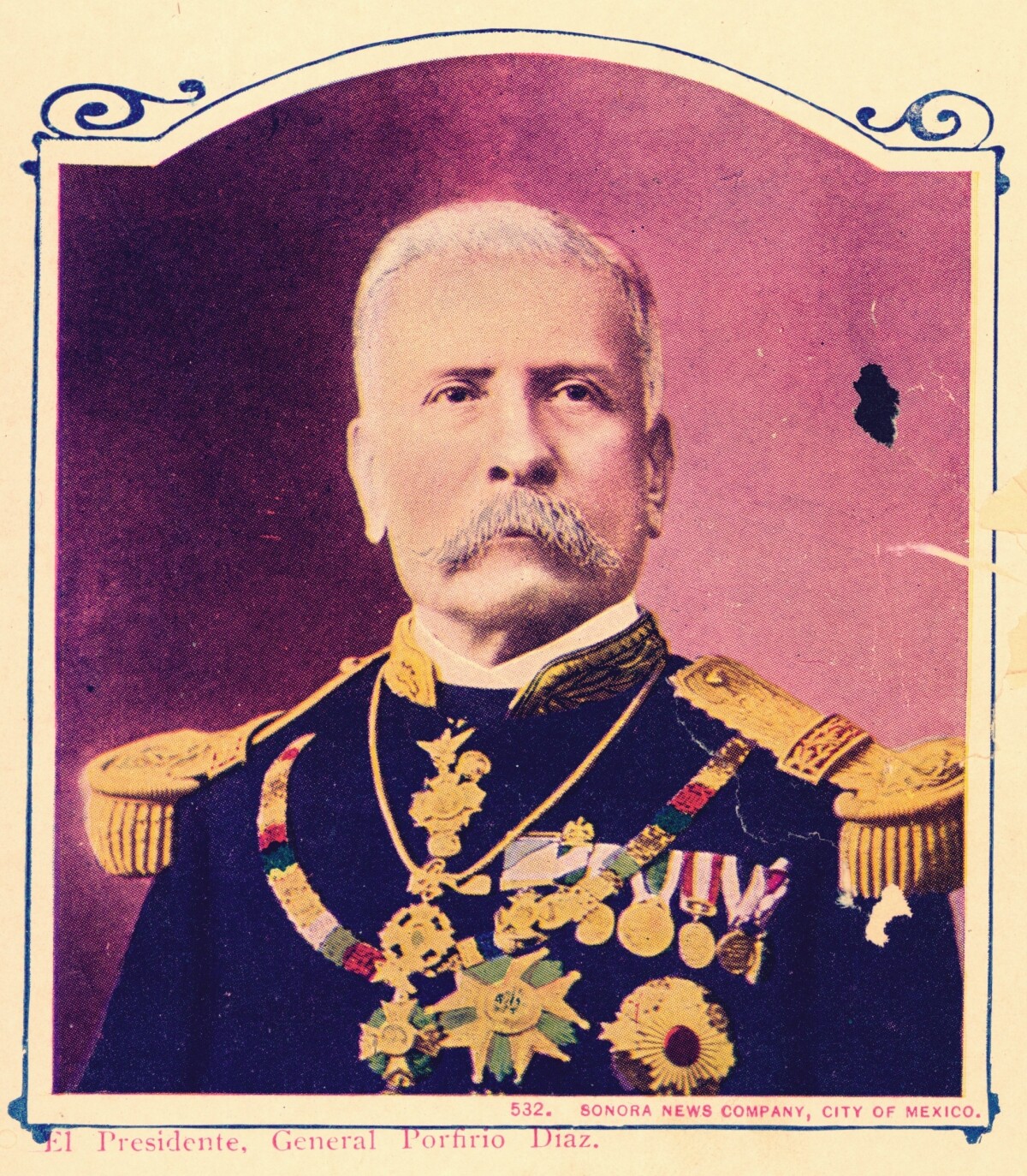
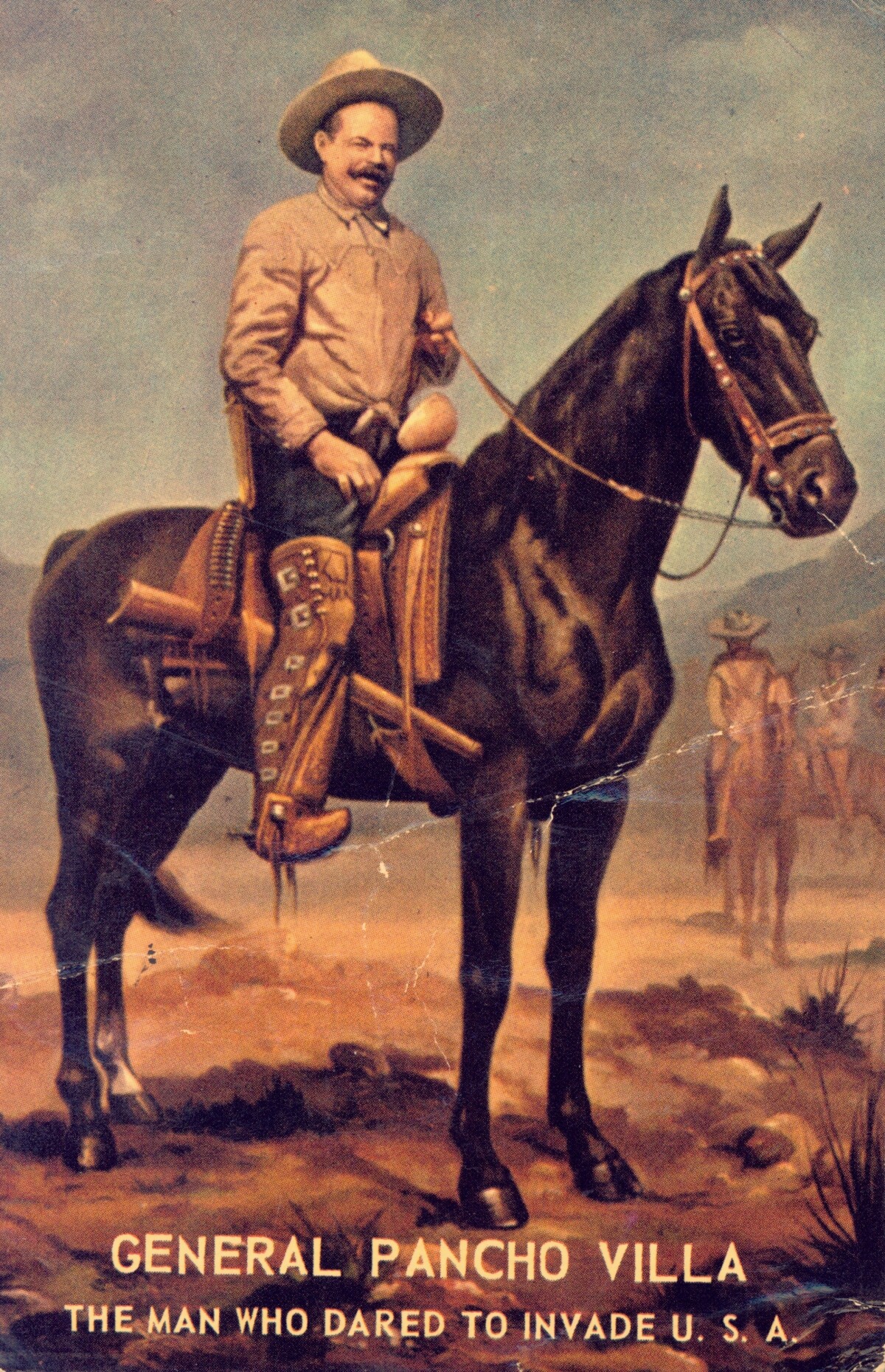
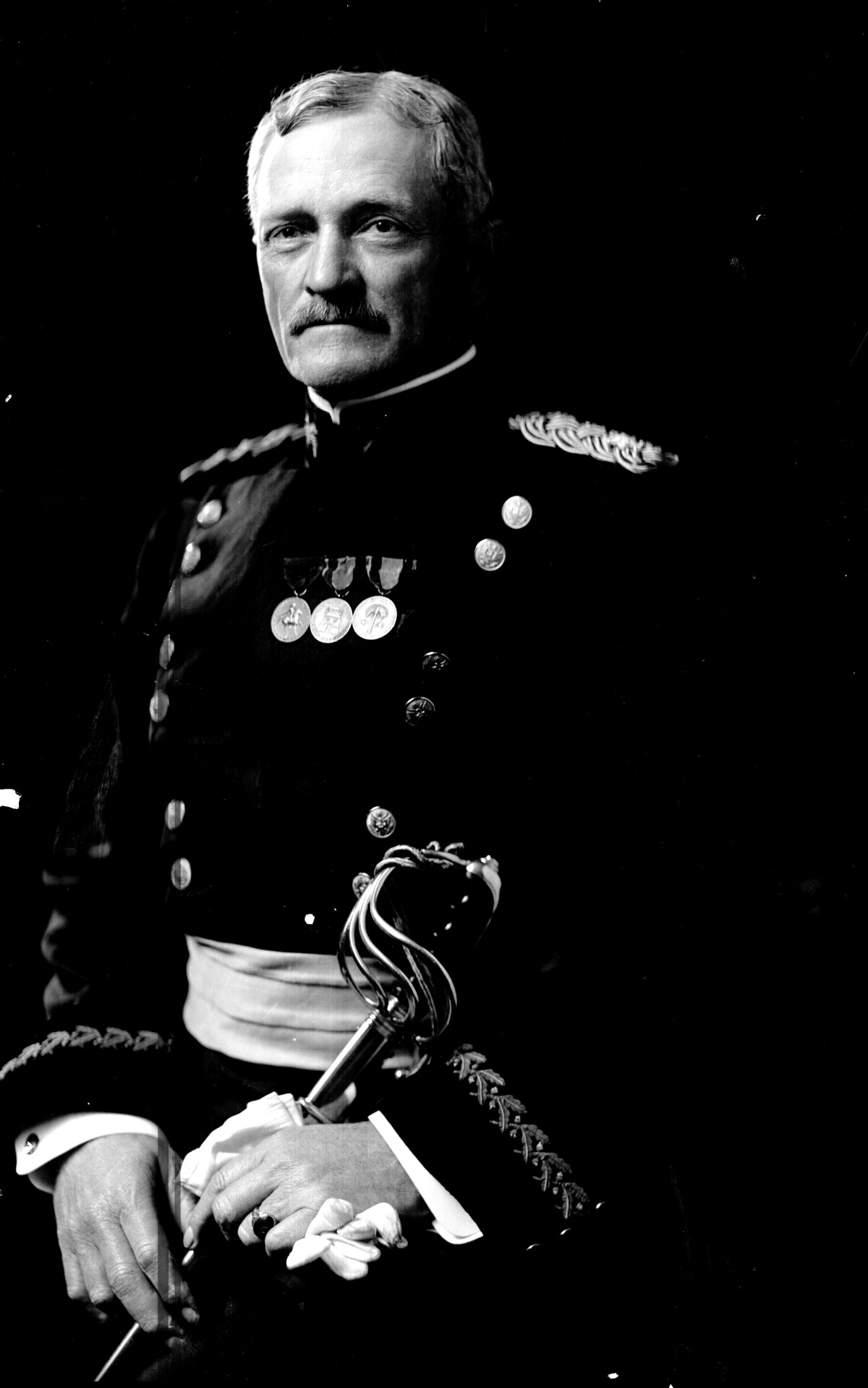
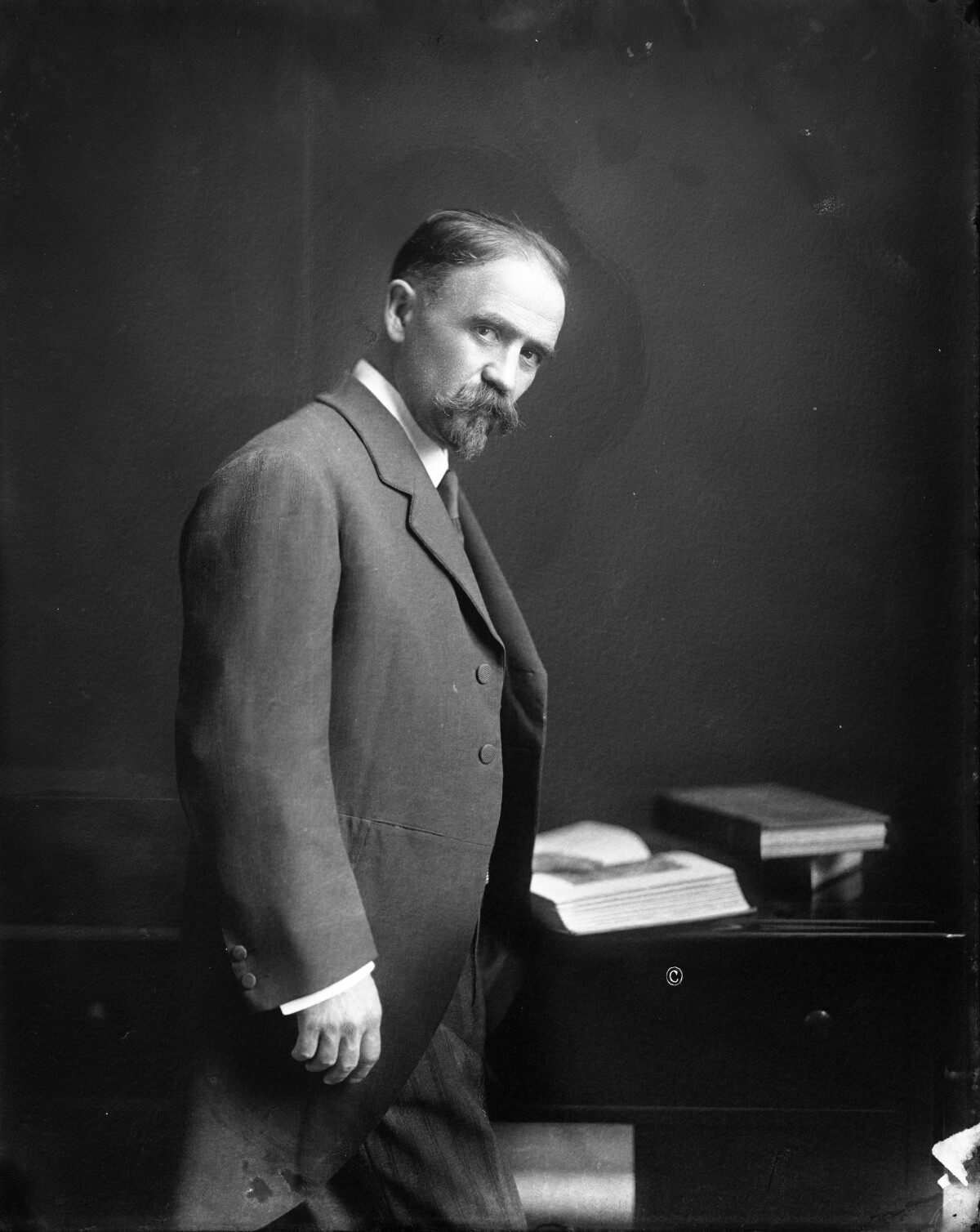
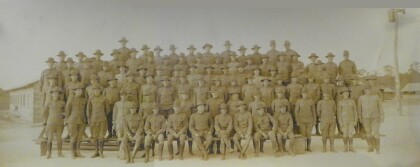
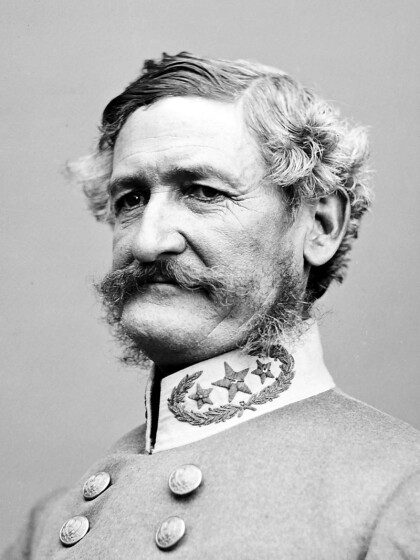
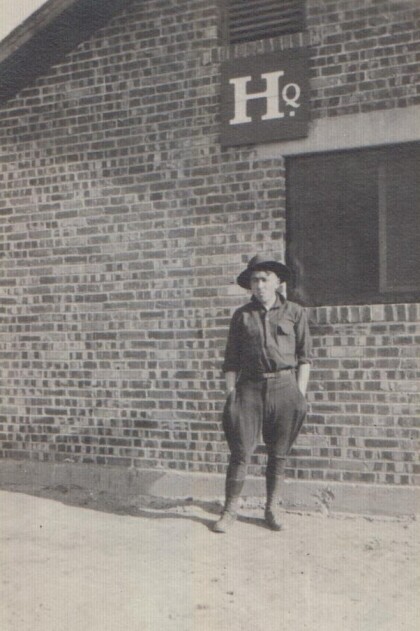
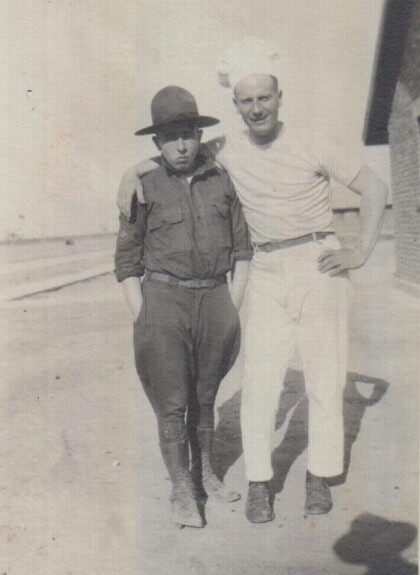
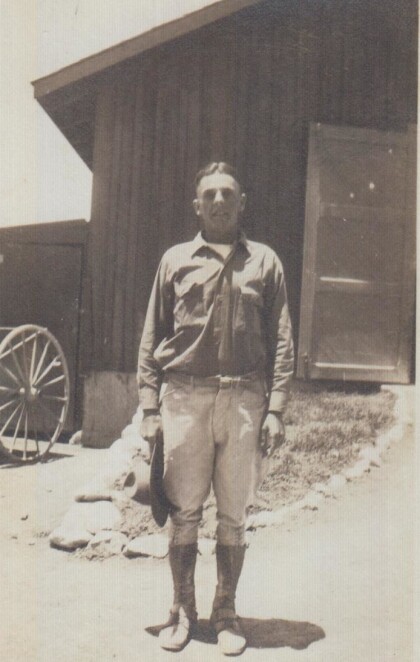
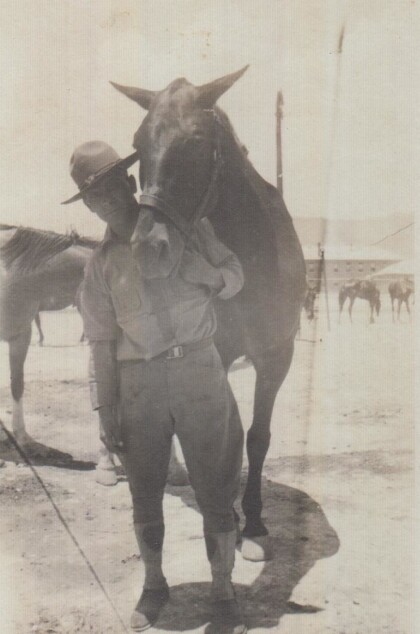
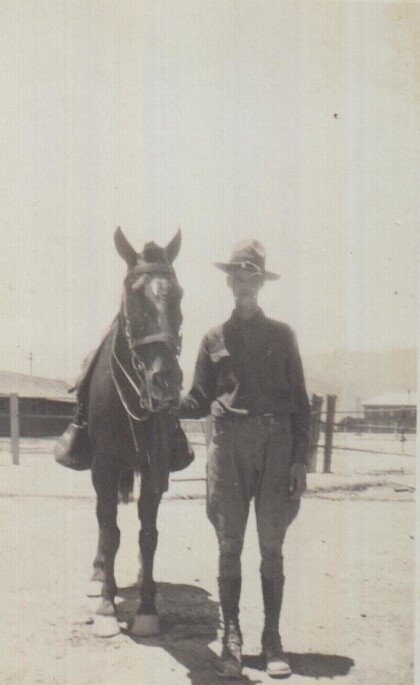
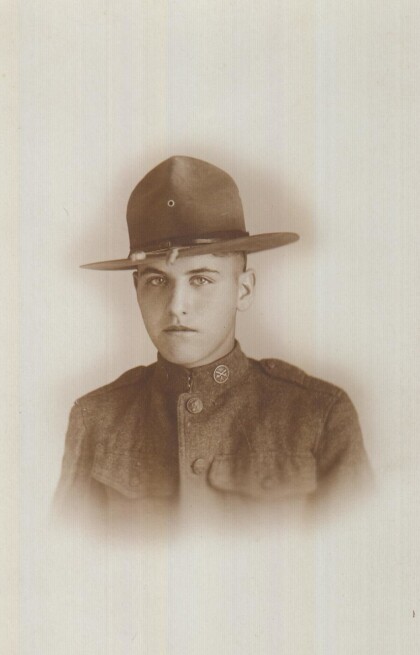
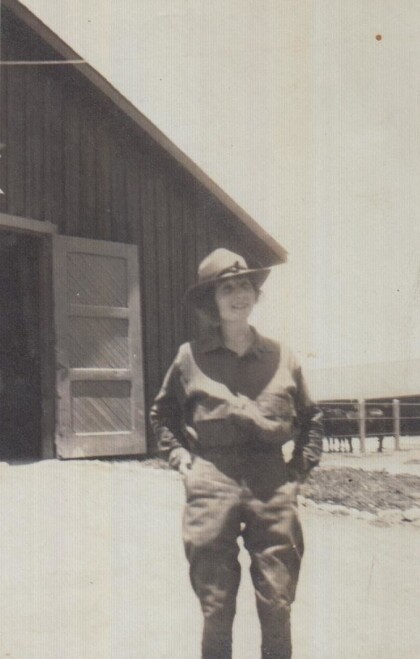
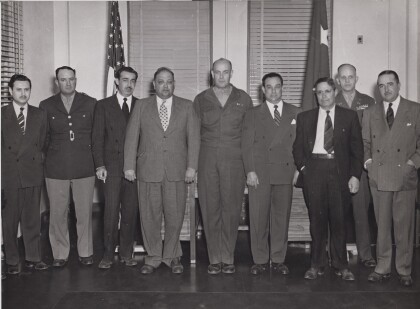
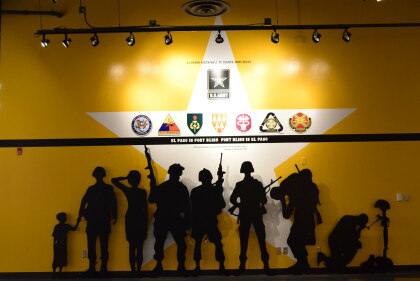
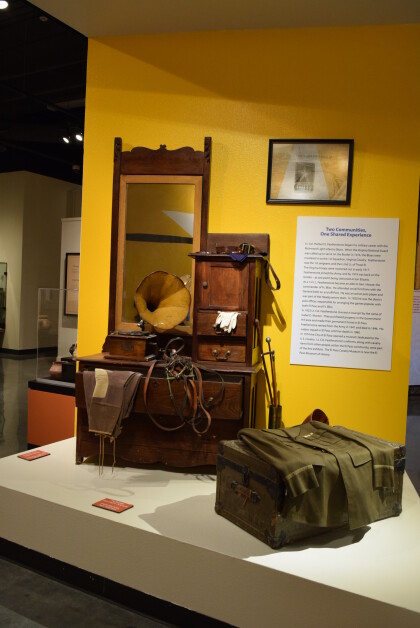
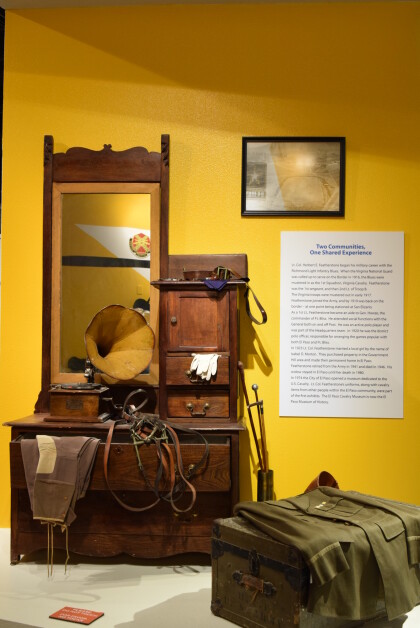
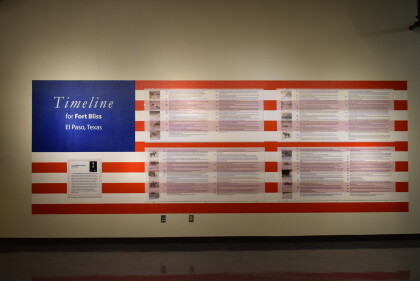
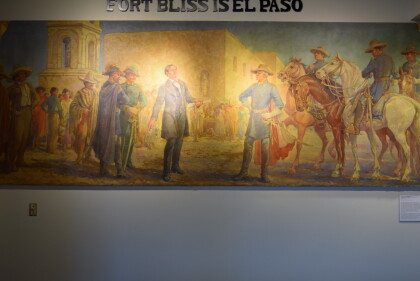
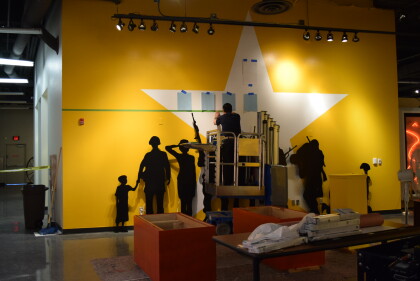
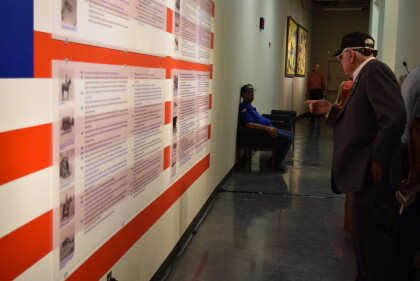

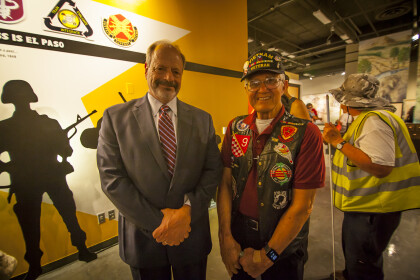
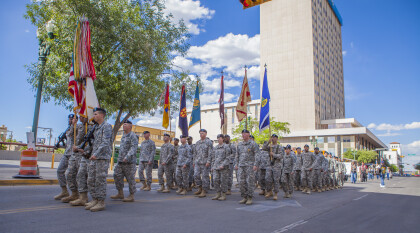
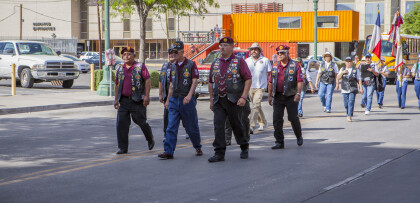
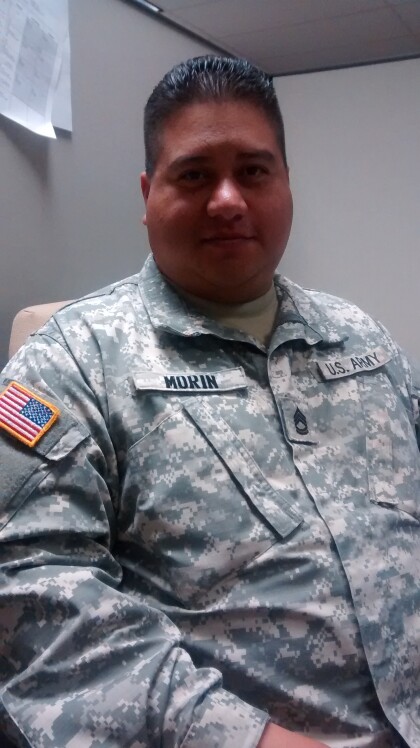
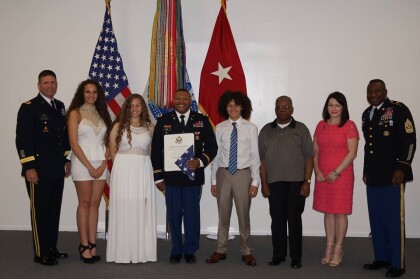
Comments
Add a comment